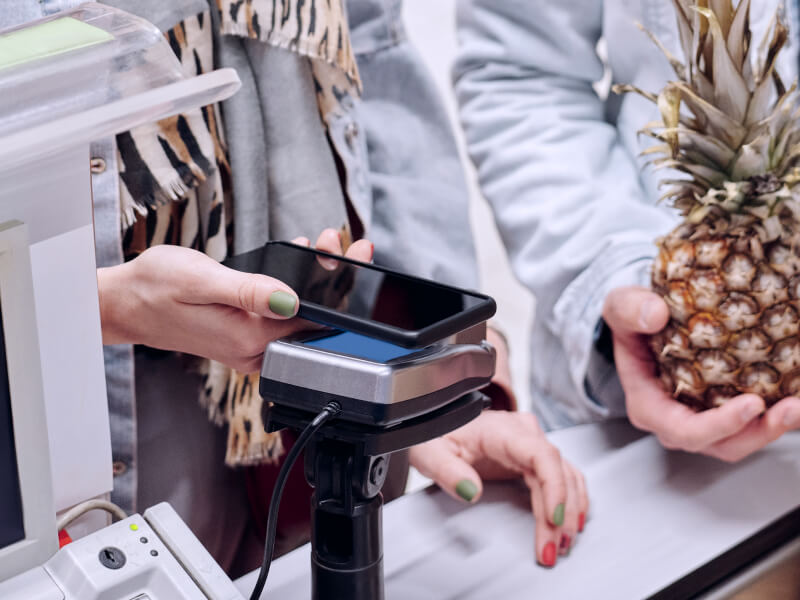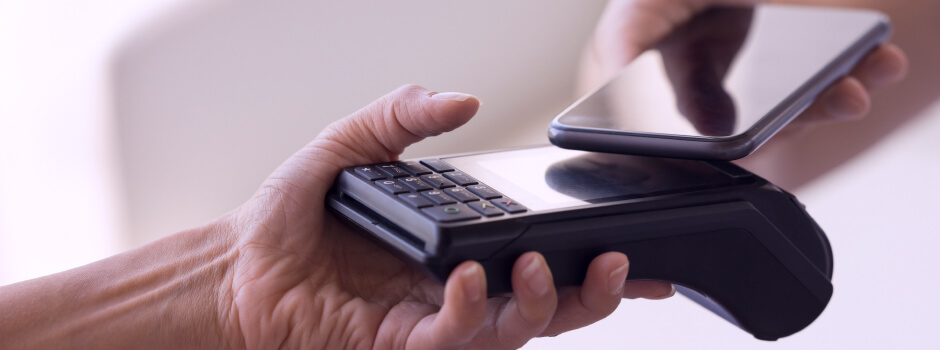
In recent years, there’s been a huge shift away from the use of physical money towards digital payment methods.
According to McKinsey & Company, there was an 89% increase in the penetration of digital payment methods in 2022. There are several factors that contributed to this, including technological advances and the high rate of accessibility to the internet and mobile phones, as well as the COVID-19 pandemic, which reinforced the trend towards an increasingly digitised society.
More and more digital payment methods are becoming available, and they’re improving and transforming rapidly. It’s important to know what they are and the different types that exist so that you can get the most out of these powerful products.
What are digital payments and what types are there?
Digital payments are electronic transactions that enable money transfers and payments online.
There are several types of digital payment:
1. Digital wallet purchases
A digital wallet, sometimes called a ewallet, is a financial tool that lets you store funds online and use the money to make payments or transfers.

2. Transfers via mobile payment applications and QR codes
Pay in electronic stores by authorising the transaction via a mobile banking app. Some merchants also provide QR codes as a way of paying.
3. Online shopping
The purchases happen directly on the seller’s site or through applications, without intermediaries.
4. Virtual currency or cryptocurrency payments
These are payment instruments that rely on blockchain technology. In this way, they facilitate digital transactions and allow purchases, sales and other financial operations.
What are the key trends in digital payments?
The world of digital payment methods is constantly changing. Here are five of the top features you’ll see trending in 2023.
1. Cross-border payments
More and more customers are looking for a way to make or receive payments from one country to another in real time. Through established connections with financial institutions and systems in two or more countries, instant cross-border payments are taking off, and at very competitive prices.
2. Contactless payments
As well as convenient, contactless payments are faster and more secure than ever with encrypted data being transferred to the point-of-sale device instantly.
3. High security
Any electronic payment involves the handling of sensitive financial data. Thanks to machine learning and artificial intelligence, security systems improve with each transaction and learn to detect fraud in real time.
4. Dominance of virtual wallets
More and more people will have a digital wallet, like Skrill. In fact, this year, it’s estimated the volume of virtual wallet transactions will grow to 49 billion globally.
5. Digital currencies
Recent years have seen a rise in cryptocurrency adoption, but there are also CBDCs – central bank digital currencies. A report published by the Bank for International Settlements (BIS) predicts that up to 60% of central banks are considering launching this type of digital national currency.

Skrill: all the top trends in one place
Did you know that Skrill unites all the top payments trends in one place? Here are some of the things you can look forward to with Skrill:
- Fast online payments and easy withdrawals
- Buy and sell cryptocurrencies including Bitcoin, Ethereum and more
- Make transfers abroad, easily and at great rates
- Strong security with your account login, personal data and transactions protected by Secure Socket Layer (SSL) encryption technology
From the rise of virtual wallets and contactless payments to the potential digitisation of national currencies, it’s clear that digital payments mark our present and future.
The Skrill virtual wallet brings you the latest trends in digital payments, all in one place. Discover more about the benefits of having a Skrill account, and how to get one here.



